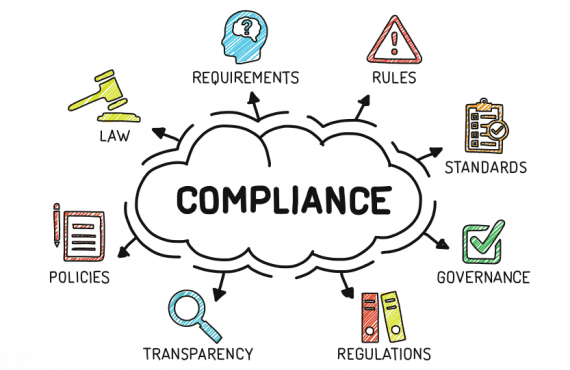Healthcare Compliance Perspective:
A Compliance Officer, with guidance from Compliance Attorney, must be aware of the OIG’s Provider Self-Disclosure Protocol along with knowledge of federal and state laws prohibiting the violation of the False Claims Act and/or violating Anti-Kickback Statute.
After voluntarily self-disclosing potential health care compliance concerns in September 2017, a Northeast Texas medical center will pay the United States $1,320,000 to resolve those concerns involving exorbitant payments to an area physician in return for the doctor’s referral of patients in a federal health care program to the hospital.
The U. S. Attorney’s Office for the Eastern District of Texas expressed its support of continuing to encourage health care providers to proactively identify and disclose compliance concerns to their office. According to them, it is almost always more efficient and less costly than defending enforcement actions.
According to the OIG’s Provider Self-Disclosure Protocol, the disclosing party’s report must include the following information-
• A statement clearly articulating the objective of the review.
• A description of the group of claims about which information is needed, an explanation of the methodology used to develop the population and the basis for this determination.
• A full description of the source of the data reviewed and the information upon which the review was based, including the sources of payment data, and the documents that were relied upon.
• The names and titles of the individuals who conducted the review. The review should be conducted by qualified individuals, e.g., statisticians, accountants, auditors, consultants, medical reviewers, and a description of their qualifications.
• The review report should identify the characteristics used for testing each item. For example, in a review designed to estimate the value of overpayments due to duplicate payments, the characteristics used are those that must exist for an item to be a duplicate. The amount of the duplicate payment is the measurement of the overpayment. The report must also explain the method for determining whether an item entirely or partially meets the criterion for having the characteristics measured.
Based on these self-disclosures, the United States agreed to resolve potential claims arising from remuneration paid to the physician that were allegedly above fair market value, not commercially reasonable, and/or not appropriately memorialized in writing. The payments were in violation of the federal Anti-Kickback Statute, 42 U.S.C. § 1320a-7b(b)(2).















































































